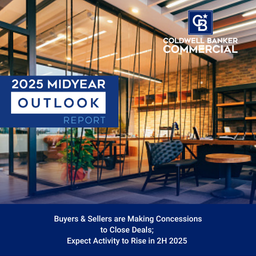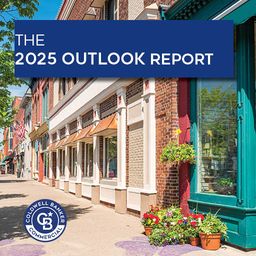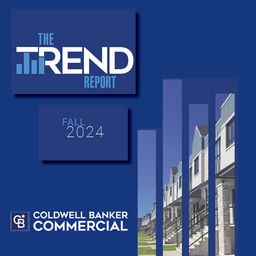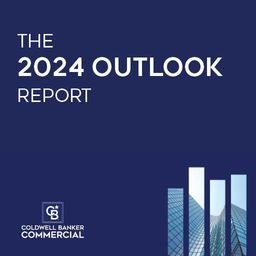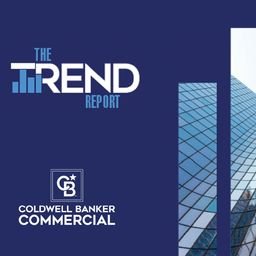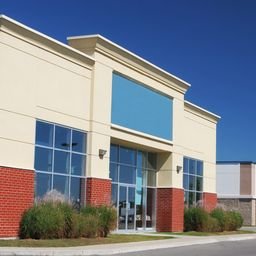Viewpoints
Industry insights, market outlook reports and commercial real estate
news, and trends from the Coldwell
Banker Commercial brand.
Buyers & Sellers are Making Concessions to Close Deals; Expect Activity to Rise in 2H 2025
Commercial real estate activity is rebounding in 2025 as buyers and sellers align on pricing. Learn how shifting expectations, creative deal-making, and strong retail and industrial sectors are driving a 14% YoY increase in U.S. CRE volume.
The Trend Report: C-Store Evolution - From Snacks to Supermarkets and Beyond
Convenience stores (c-stores) have evolved significantly since their urban beginnings in the 1920s, adapting to meet the needs of an increasingly mobile population. Known for their flexibility, c-stores have embraced new foods, fuels, and entertainment options, making them a favored sector for investors despite fluctuations in other retail categories.
2025 Outlook Report: Expect Recovery to be Uneven Across Property Types and Locations
Commercial real estate faced significant challenges in early 2024 due to delayed interest rate cuts, election uncertainty, inflation, and stricter lending standards. However, with recent rate cuts and legislative clarity, investors are optimistic about a more business-friendly environment in 2025, anticipating recovering rent growth and demand for commercial properties as economic fundamentals stabilize.
The Trend Report: Fall 2024
Coldwell Banker Commercia's Trend Report Fall 2024 highlights the evolving housing market dynamics, driven by low mortgage rates and millennial homebuyers, leading to increased home prices and a strained rental market. It underscores the regional variations in supply, demand, and rental preferences, emphasizing the need for builders to create community-focused, home-like living spaces.
2024 Midyear Outlook Report
CRE Activity Is Coming Back: As the FED delays rate cuts, buyers and sellers are finally adjusting their expectations, finds Coldwell Banker Commercial.
The Trend Report: Spring 2024
REINVENTING THE RESTAURANT Amid Changing Consumer Trends. Not quite a full-service dining experience, but a step above typical fast food, the quick service restaurant (QSR) has fi lled a critical niche for consumers who seek a reasonably priced meal out or to take home.
2024 Outlook Report
While today’s CRE market is healthier than during the 2008 financial crisis – with over $6.4 trillion parked in money market funds through December 2023– a significant disconnect exists between buyers and sellers.
THE TREND REPORT
The modern retail landscape is undergoing significant transformations spurred by evolving consumer behaviors, technological advancements, and economic shifts. Looking ahead to 2023 and beyond, it is crucial to understand the four key themes shaping malls' future and their relevance.
2023 MIDYEAR OUTLOOK: Prices Still Too High; Cash and Seller Financing Key to CRE Activity in 2023
While the overall economy has proven to be resilient to interest rate increases, the gap between buyers and sellers on cap rates is still pretty significant, which has resulted in lower transaction volumes compared to the prior year.
2023 OUTLOOK: Opportunities Exist, Just Need to Find Them
CBC's 2023 outlook reveals opportunities amidst challenges in commercial real estate.
